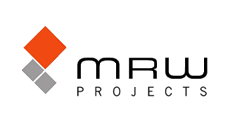What Is a Homegrown Contract in Soccer
As soccer has grown in popularity around the world, the sport has developed a complicated web of rules and regulations, including the use of homegrown contracts. These types of contracts are designed to allow teams to develop and retain local talent, rather than relying on imported players from other countries.
A homegrown contract is a type of player contract that is offered to a soccer player who has been developed by the team`s own youth academy. Essentially, these contracts are designed to reward players who have come up through the ranks of the team, rather than simply buying talent from other clubs around the world.
One of the key benefits of using homegrown contracts is that they can help to foster a sense of loyalty and commitment among players. When a player has grown up playing for a particular team, they are often more invested in its success and more likely to stay with the club for the long term.
Another benefit of homegrown contracts is that they can help soccer clubs to save money. Because teams don`t have to spend as much on recruiting and signing new talent from other countries, they can invest more in developing their own youth programs and facilities.
In order to be eligible for a homegrown contract, a player must typically have spent a certain amount of time in the team`s youth academy. The length of time required can vary depending on the league and the team in question.
Some leagues also have rules about the number of homegrown players that must be included in a team`s roster. For example, the English Premier League requires that at least eight players on each team`s 25-man roster must be homegrown.
Overall, homegrown contracts are an important part of the soccer landscape, providing teams with a means of developing and nurturing local talent while also saving money and fostering loyalty and commitment among players. As soccer continues to grow in popularity around the world, it is likely that we will see more and more teams relying on homegrown contracts as a key part of their player development strategies.
